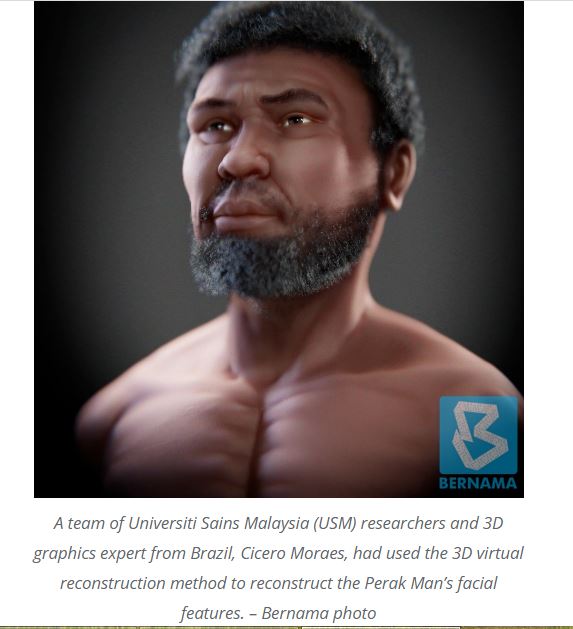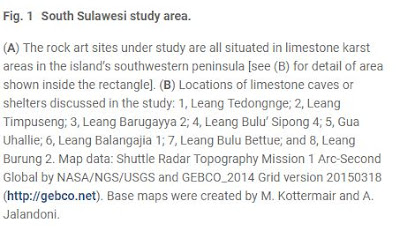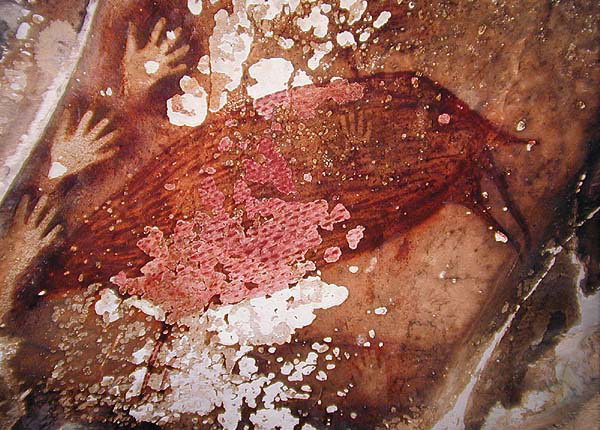This is an ongoing list of media reports about the quarrying of Gunung Kanthan in Perak, Malaysia. The earlier blogs are 2013 , 2014 , 2015 , and 2016-2020.
Gunung Kanthan is being quarried by Lafarge Msia, who changed its name to Malayan Cement in 2019. And YTL acquired Lafarge Msia stake. But YTL still calls Kanthan the Associated Pan Malaysia Cement (APMC) Kanthan Quarry.
Reports from 2021 :
Ipoh Echo , 12 Jan
Appeal to Preserve Monastery in Gunung Kanthan [this was removed by the 14th]
Perak China Press , 13 Jan
Hundred-year "Sakyamuni Sacred Rock" hopes that the government approves it to stay in the original site
Perak China Press , 14 Jan
There is a potential risk of falling rocks in the Gongqiaoshan [Arch Bridge Mountain]
This included a media statement from Pan Malaysia Cement in English entitled “A tragedy waiting to happen – monastery built on volatile structure prone to limestone fall”.
Flora & Fauna International , 25 Jan
Mention of Kanthan trapdoor spider.
Sinar Harian , 5 Feb
Wartakan kawasan hutan batu kapur (Gazette the limestone forest area)
Gua Khantan, Chemor, has a spider habitat, namely Liphistius khantan, which is placed on the red list when the species is not found anywhere in the world.
Several videos on Youtube , 25 Apr
Published by the Sakyamuni Caves Monastery :
Gunung Kanthan: Saving Sacred Gunung Kanthan, Beauty with Treasure
Gunung Kanthan expedition
Gunung Kanthan: 100 Years History of Sakyamuni Caves Monastery
Gunung Kanthan: Save 100-Year Sakyamuni Caves Monastery
YTL/APMC took the Sakyamuni Caves Monastery to court on 1 Apr but as the monks didn't have a lawyer, they were granted an extension until 17 May. It seems that area C will be blasted, leaving just area D, where Gua Kanthan is -
Perak state authorities urged to conserve two Kinta geosites
"NGOs urge Perak govt to fully commit towards preservation of two geoparks in Kinta Valley"
"Perak state authorities urged to conserve two Kinta Geosites"
Century-old Sakyamuni Cave Monastery faces eviction.
This is a particularly good article as it details court orders and some history of past eviction notices etc.
"Money over heritage: Sakyamuni eviction threatens natural treasure, says preservationist!
"Sakyamuni reveals one-of-a-kind golden Buddha statue as it faces eviction"
Malaysiakini , 5 June 2021
Kuari Gunung Kanthan: Tiada syarikat dapat kontrak baru - Exco Perak (Gunung Kanthan Quarry: No company gets new contract - Perak Exco)
More tourism activities planned for geoparks in Perak, says state govt
Perak exco rubbishes claim on new Gunung Kanthan quarrying contracts
YTL subsidiary assures Gua Kanthan protection, says awarded lease in 1960
No new contract for quarry activities at Gunung Kanthan - Perak Exco
"More tourism activities planned for geoparks in Perak, says state govt"
"Move to boost tourism at geoparks in Kinta district"
Perak planning various tourism programmes for Kinta Valley Geopark
More quarrying will wipe out Gunung Kanthan’s endangered species, cry green groups
Quarrying fears at Gunung Kanthan geopark fuel anxiety at yet another cultural site
Gunung Kanthan, Kenapa Sambung Kontrak Sebelum Dapatkan Ulasan Teknikal? - Gunung Kanthan, why continue the contract before getting technical reviews?
Save Sakyamuni Caves Monastery, Save Gunung Kanthan
An online petition to save the monastery
For or against temples on limestone hills? It’s delicate environmental issue, say experts.
Oriental Daily , 28 June 2021
The government is urged to intervene in the forced relocation of the Sakyamuni Buddha Temple in Gunung Kanthan
Monks and wildlife come under pressure from Malaysian cement company
Cave monastery near Chemor fears eviction
Perak’s Gunung Kanthan in danger of being reduced to rubble
Perak MB promises to look into calls to preserve century-old cave temple , monastery on Gunung Kanthan
Make cave monastery a heritage site, authorities told
MB wants to settle Kanthan cave monastery matter amicably
Gunung Kanthan monastery eviction case slowed by NRP restrictions.
Gunung Kanthan needs govt protection to prevent its exploitation: CAP.
Good reasons to preserve Gunung Kanthan (letter)
In Kinta Valley National Geopark, century-old cave monastery fighting for its survival as quarrying activities encroach
'Teliti semula kelulusan kegiatan kuari di Perak' (Review the approval of quarry activities in Perak)
Environmental activists want Perak govt not to extend land leases for quarries, mining sites in geoparks
Descent , June/July 2021, 280:19.
Peninsular Malaysia. Quarrying away Gunung Kanthan.
[Descent is a caving magazine published in the UK]
The Neolithic murals in Gua Kanthan are estimated to be 2500 to 4000 years old
Lukisan dipercayai beribu tahun ditemukan di Gua Kanthan (Paintings believed to be thousands of years old found in Gua Kanthan)
Berita Harian , 7 Sept 2021
Lukisan gua dianggar berusia 4,000 tahun ditemui
Oriental Daily , 7 Sept 2021
Ancient rock paintings discovered in Gua Kanthan, but most of them are destroyed by modern graffiti
Cave paintings - Gua Kanthan, thousand year old beautiful paintings, about 2500 to 4000 years of history
Gunung Kanthan 2500 years to 4000 years Rock Art Found - Sept 2021
Studies needed on Gua Kanthan drawings to determine origin
Ipoh High Court suggests cement company, cave temple settle eviction out of court
---
I will add to this blog as new reports are published.












